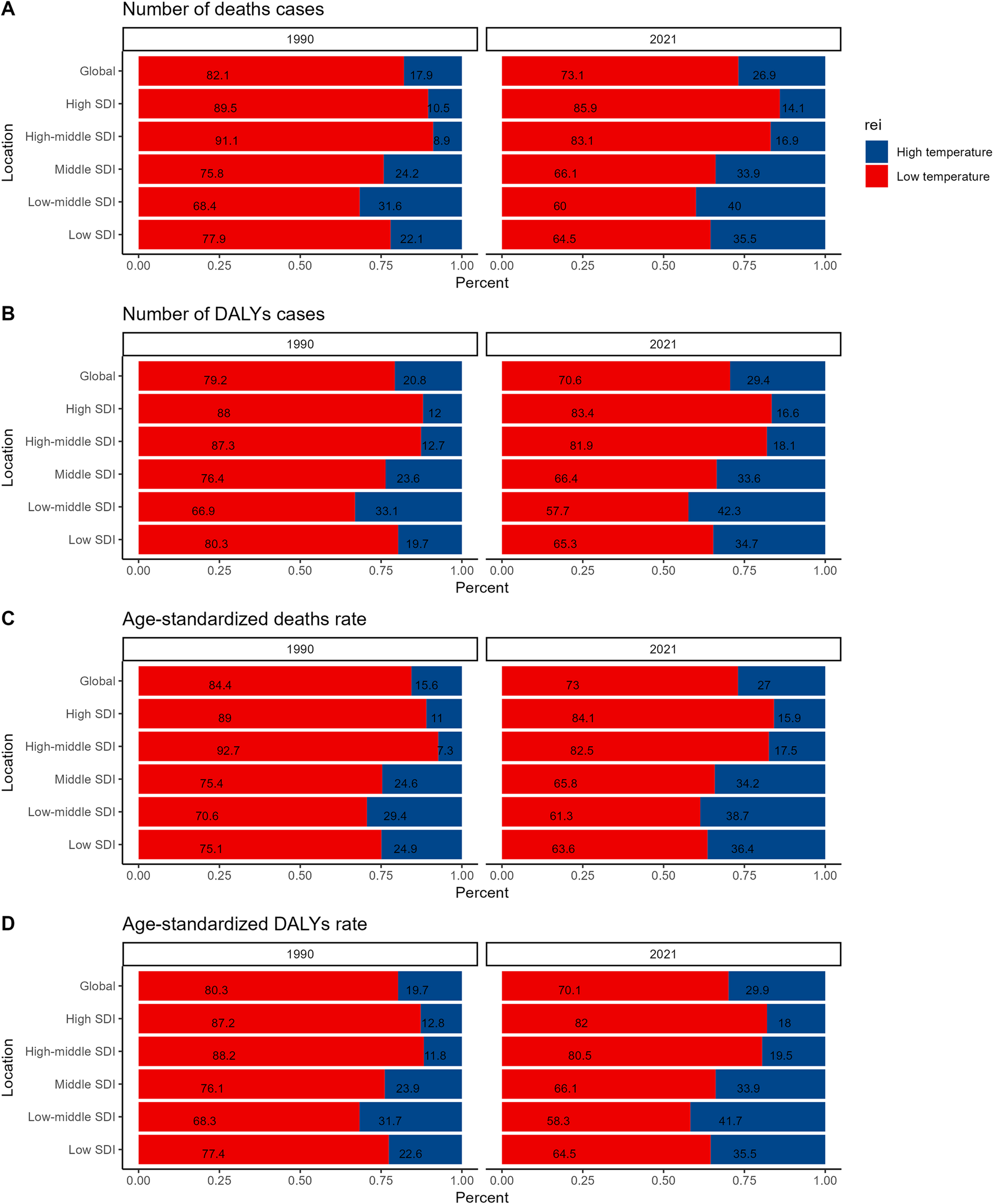Author: admin
-

Asia Cup trophy locked in Dubai; Mohsin Naqvi instructs he alone will hand it to India
The Asia Cup trophy, which was not presented to the victorious Indian team after its refusal to accept it from Asian Cricket Council chief Mohsin Naqvi, has been locked away at the ACC’s Dubai headquarters with “instructions that it should not be… -

BBC Factual announces Prisoner 951: The Hostages’ Story
Produced by Dancing Ledge Productions, a Fremantle company, this powerful and intimate new feature length documentary explores the extraordinary six-year ordeal of Nazanin Zaghari-Ratcliffe – a British-Iranian dual national held in Tehran – as…
Continue Reading
-

Rugby Legend Sir John Kirwan Struggled With Depression—And Wants Others to Open Up About Their Own Health Stories
“I had no reference to mental health. My reference was One Flew Over the Cuckoo’s Nest. I thought that I was just going insane. And, you know, [my doctor] said, ‘JK, it’s an illness, not a weakness, and you can get better.’” Kirwan…
Continue Reading
-

Impact of low environmental temperatures on the global burden of myocarditis: insights from the 1990–2021 global burden of disease study | BMC Cardiovascular Disorders
Risk factors for myocarditis
Both low and high environmental temperatures re-identified as primary risk factors for myocarditis, with low environmental temperature being the most significant. GBD data from 1990 to 2021 confirms that low…
Continue Reading
-
Scientists in Australia develop nanofluidic chip with brain-like memory pathway-Xinhua
MELBOURNE, Oct. 10 (Xinhua) — Scientists in Australia have developed a coin-sized fluid-based chip that behaves like neural pathways of the brain, potentially heralding a new generation of computers.
The chip channels ions through tiny…
Continue Reading
-

Let’s move? Gracie Gold and sister Carly
As a figure skater in the women’s singles event, Gracie Gold took to the ice alone.
Yet behind the scenes, twin sister Carly was always a steadying presence during the highlights of a career that resulted in a team Olympic bronze medal from Sochi…
Continue Reading
-

Collector Berry Dijkstra – creating pile-ups where ‘form follows fun’
Unlock the Editor’s Digest for free
Roula Khalaf, Editor of the FT, selects her favourite stories in this weekly newsletter.
Over the past 10 years, Berry Dijkstra has constructed a curious career. “I mostly tell people that I’m a composition…
Continue Reading
-
World Mental Health Day 2025: Let's move? Gracie Gold and sister Carly – Olympics.com
- World Mental Health Day 2025: Let’s move? Gracie Gold and sister Carly Olympics.com
- For Olympian Anjum Moudgil, it’s all in the mind Times of India
- Beyond the Game: Rohit Sharma, Virat Kohli and the silent battle of mental health in sports
Continue Reading
-

Gustaf Westman – inside the Instagram interiors sensation’s ‘chaotic’ world
Unlock the Editor’s Digest for free
Roula Khalaf, Editor of the FT, selects her favourite stories in this weekly newsletter.
You know you’ve arrived at Swedish designer Gustaf Westman’s studio-meets-testing ground when you see the three wide…
Continue Reading
-

Carsten Höller wants us to slap each other (for fun)
Unlock the Editor’s Digest for free
Roula Khalaf, Editor of the FT, selects her favourite stories in this weekly newsletter.
Art and play have a long and friendly relationship. The surrealists loved to play games; the French novelist Georges…
Continue Reading